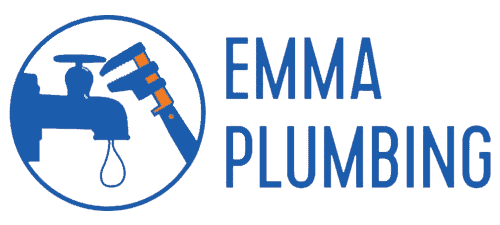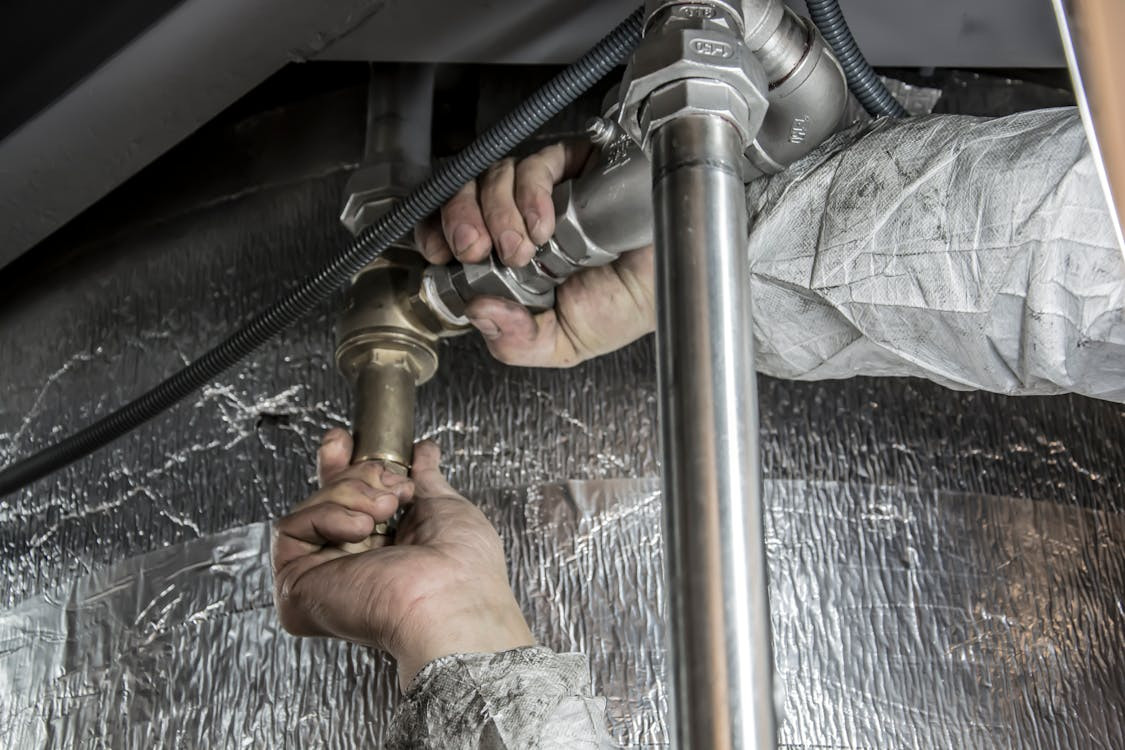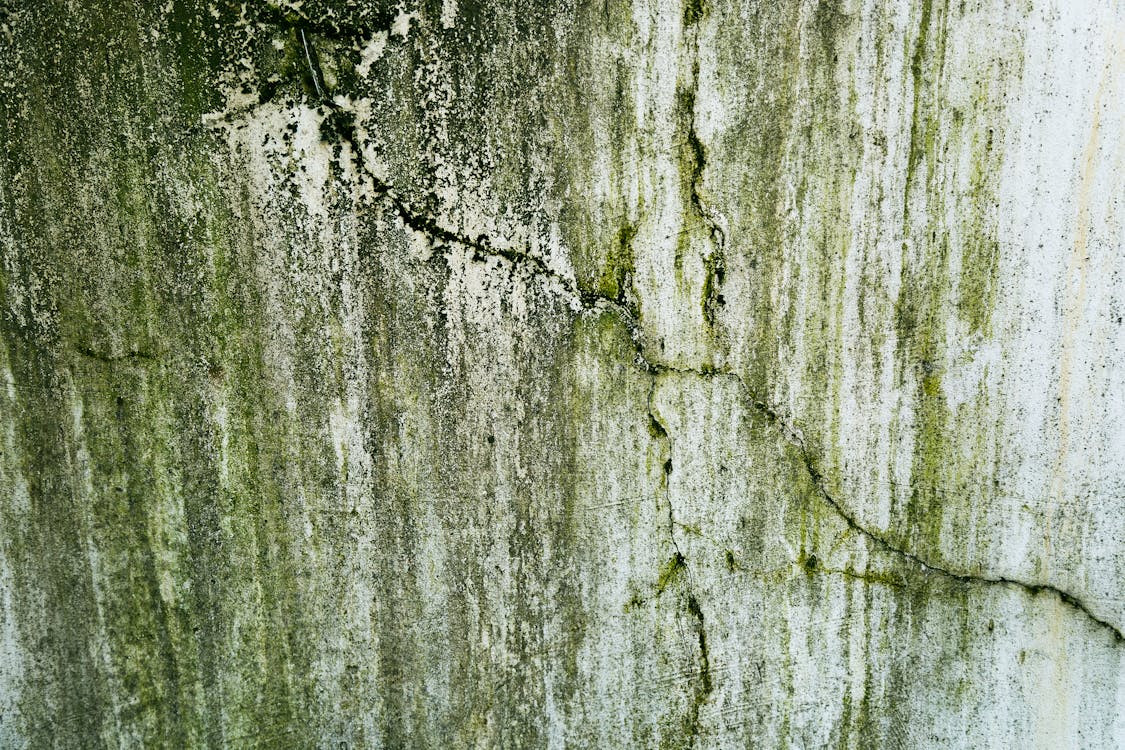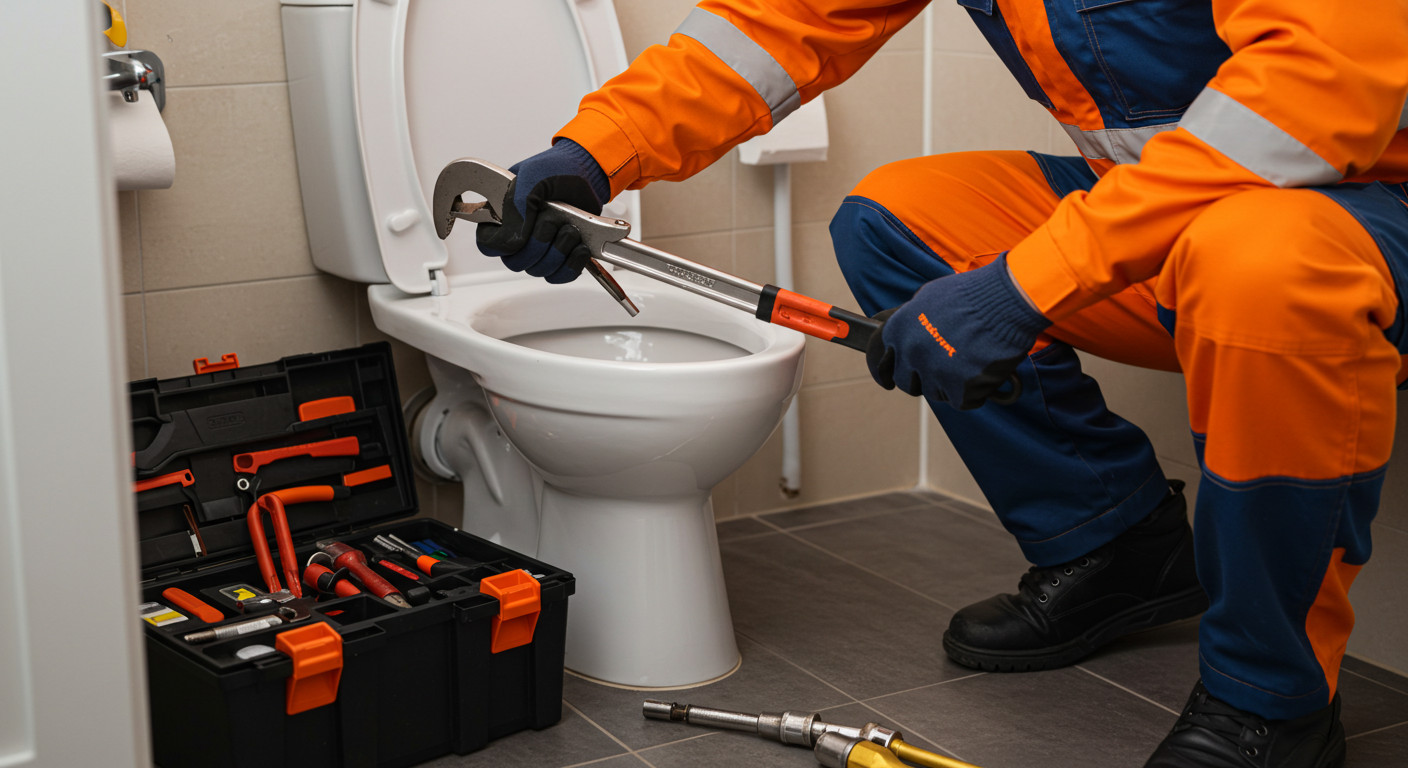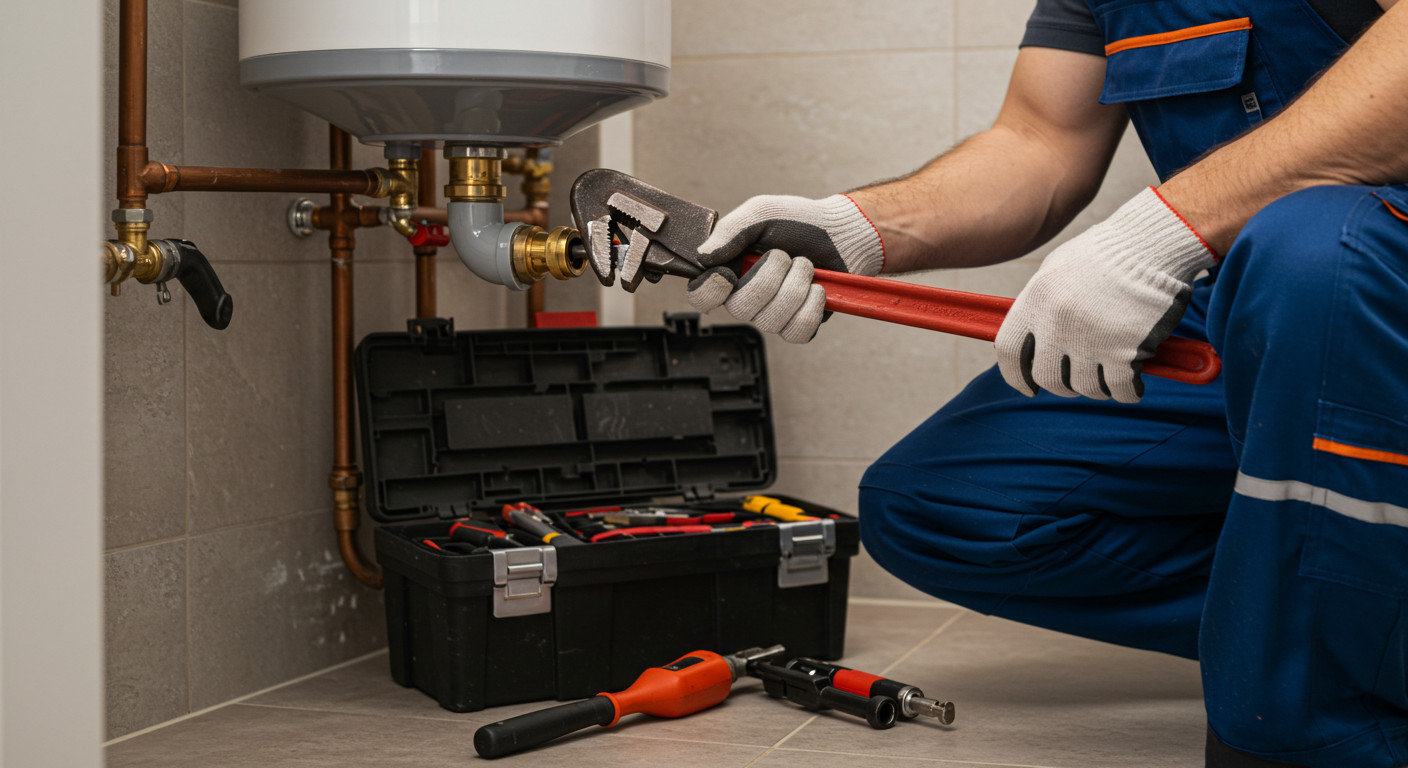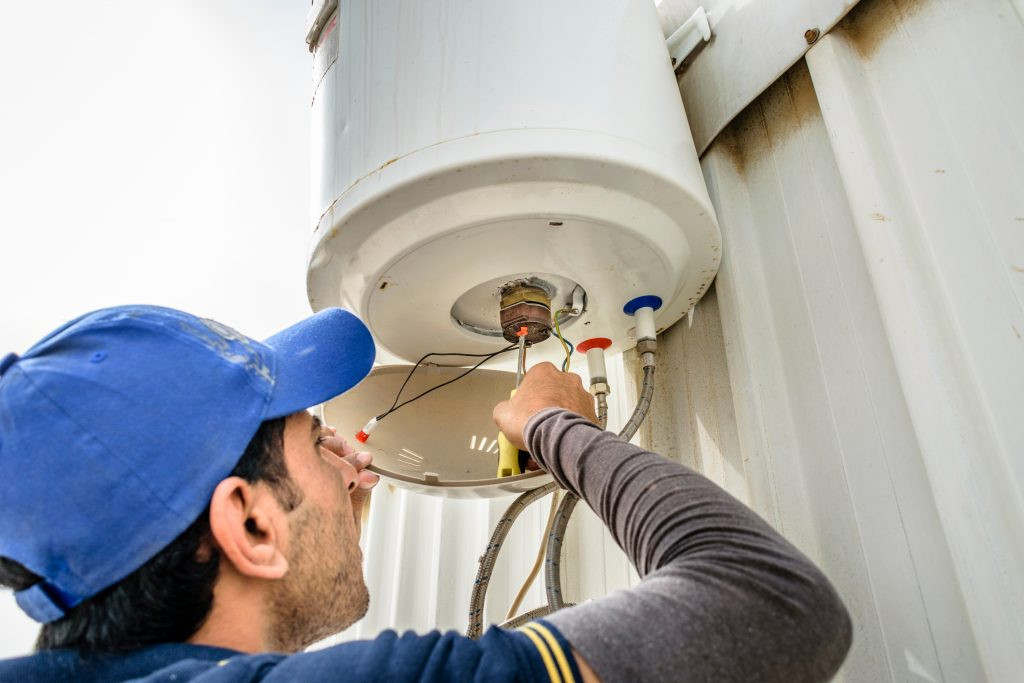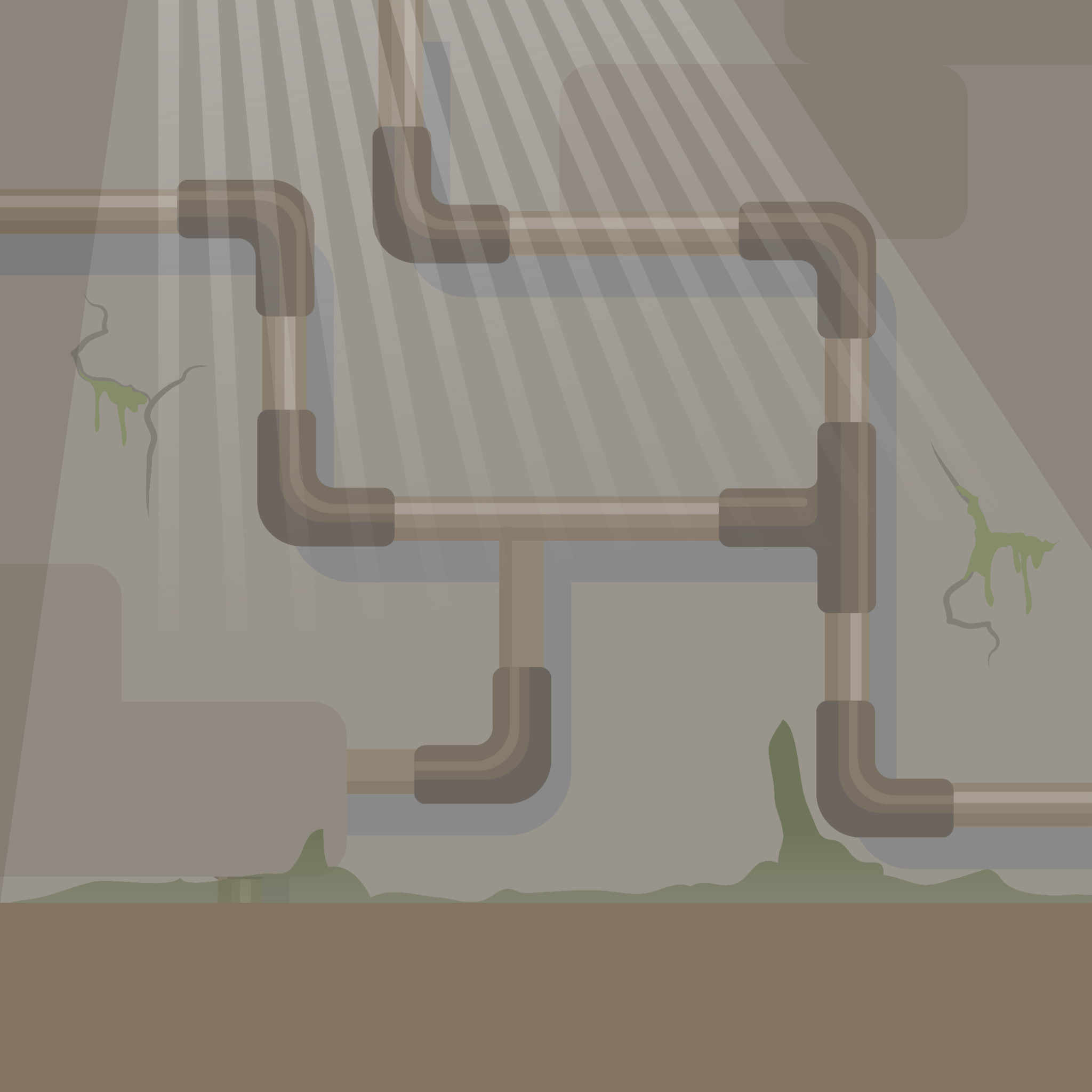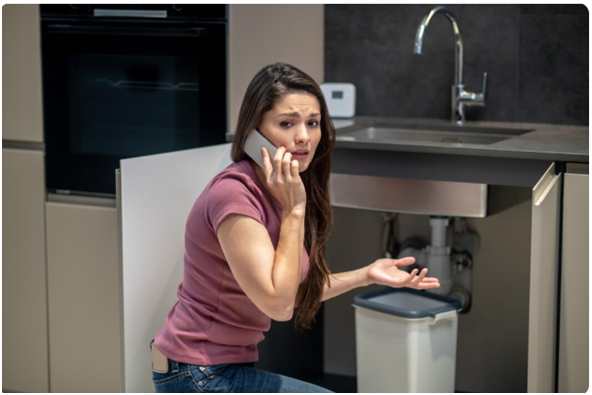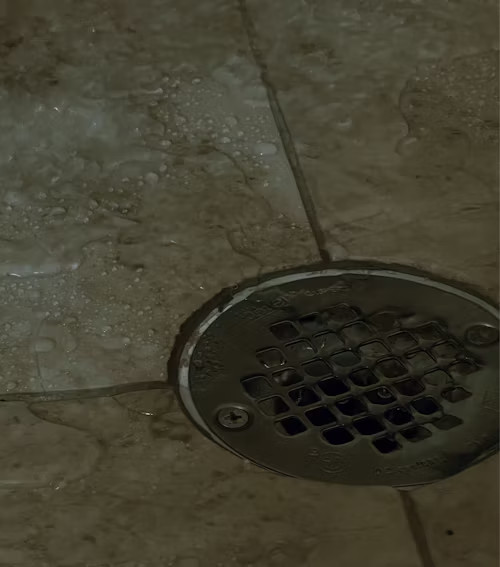A wrench, some tape, and a YouTube video—sounds like a weekend project, right? But the reality often hits harder. According to reports, water damage is one of the most common and costly homeowner claims, averaging $12,514 per incident in the U.S. Many of these start as small plumbing mistakes. What seems like an easy DIY win can quickly turn into DIY plumbing fails that flood kitchens, damage basements, and leave homeowners with repair bills far higher than the cost of calling a plumbing service in the first place.
If you’ve ever tightened a pipe, only to find a new leak hours later, you’re not alone. Let’s talk about why that YouTube fix didn’t work—and when it’s smarter to bring in local plumbers before things spiral out of control.
The Illusion of the “Simple Fix”
YouTube makes plumbing look easy. A five-minute video shows a smiling homeowner swapping a valve or patching a line. But what the video doesn’t show is the context—like water pressure variations, outdated pipe material, or hidden corrosion. A quick patch might hold for a few days, but without addressing the real problem, it’s only delaying disaster.
Common DIY Plumbing Fails You’ll Regret
Here’s where things often go sideways:
1. Over-Tightening Connections
Many homeowners believe “tighter is better.” In reality, over-tightening fittings or supply lines cracks threads and weakens seals. That tiny crack often grows into a full leak under pressure.
2. Using the Wrong Materials
PVC, copper, and PEX all require different fittings and adhesives. Mixing the wrong materials can lead to corrosion, pressure failure, or chemical reactions that destroy pipes from the inside out.
3. Ignoring Water Shutoffs
Skipping the shutoff step before replacing fixtures is a classic mistake. It only takes a split second of uncontrolled water flow to damage drywall, flooring, and electrical outlets.
4. Misdiagnosing Low Water Pressure
Many homeowners think pressure problems are just clogged aerators. But low water pressure could mean failing galvanized pipes, a broken pressure regulator, or even a main line leak—issues that need a plumbing company, not a plunger.
5. Temporary Fixes That Fail
Duct tape on a pipe? Epoxy over a pinhole? These are band-aids. They may hold for a short while, but once water pressure builds, the pipe gives way, often causing more damage than the original issue.
Why YouTube Doesn’t Show the Whole Picture
Videos can’t show the specifics of your home’s plumbing system. Your house might have:
- Decades-old galvanized steel pipes are prone to corrosion.
- Hidden leaks behind walls that only a pressure test can confirm.
- Incorrect slope in drain lines, causing backups, no DIY snake can solve.
Hidden Costs of DIY Plumbing Fails
Cutting corners often means paying more later. Here’s what happens when small fixes go wrong:
- Water Damage Bills: The average claim runs over $12,000, and insurance may not cover “improper DIY work.”
- Mold Growth: A hidden drip behind a vanity or in the basement can lead to mold within 48 hours.
- Reduced Home Value: Home inspectors flag visible plumbing issues, and unresolved leaks can cut thousands off your resale price.
When It’s Time to Call Local Plumbers
Some repairs are safe for homeowners—like replacing a showerhead or tightening a faucet handle. But call a plumbing company in Boston MA if you notice:
- Repeated clogs in sinks or toilets: A single clog may be due to hair or grease buildup, but if it keeps happening, it usually means deeper issues. Sewer line blockages, tree root intrusion, or collapsed pipes could be the culprit—problems that need professional equipment to fix.
- Low water pressure throughout the house: Weak water flow isn’t just an inconvenience. It could signal corroded pipes, hidden leaks, or buildup inside old galvanized lines. Left unchecked, it can lead to bigger pipe failures or water damage.
- Rust-colored water: Brown or orange-tinted water often means your pipes are corroding on the inside. This not only affects water quality but can also lead to leaks and pipe bursts if the corrosion progresses.
- Damp spots, warped flooring, or peeling paint: Hidden leaks often show themselves through moisture damage. You might notice a musty smell, discoloration on walls, or soft spots in the flooring. These symptoms point to slow leaks that, over time, can cause structural damage and mold growth.
- Leaks you can’t stop by simply tightening a fitting: A dripping faucet is one thing, but if tightening connections doesn’t stop the flow, the problem could lie deeper. Broken seals, cracked pipes, or worn-out supply lines require professional tools and replacement parts to repair correctly.
These aren’t quick fixes—they’re signs of system-wide problems that only trained local plumbers in Boston with the right tools can solve.
The Smarter Choice
DIY projects can be satisfying, but your plumbing isn’t the place to experiment. One small mistake can trigger thousands in damage, wasted hours, and endless frustration. Before attempting another “easy” fix from a tutorial, ask yourself: Is it worth risking your home’s plumbing system—or would calling a plumbing service in Quincy MA save you money, time, and stress?
Consult Emma Plumbing and Drain Services For Expert Plumbing Services
At Emma Plumbing and Drain Services, we’ve seen firsthand the aftermath of DIY plumbing fails—from flooded bathrooms to kitchens with hidden leaks that ruined cabinets. Our licensed local plumbers in Boston, Quincy, Brockton, Cambridge, Brookline, Braintree, and other areas of Massachusetts handle every plumbing service in Brockton from routine maintenance to full system replacements.
Instead of spending your weekend with a wrench and guesswork, let local plumbers who know what they’re doing restore your home’s plumbing safely. Contact us today to schedule service and protect your home from costly mistakes.
